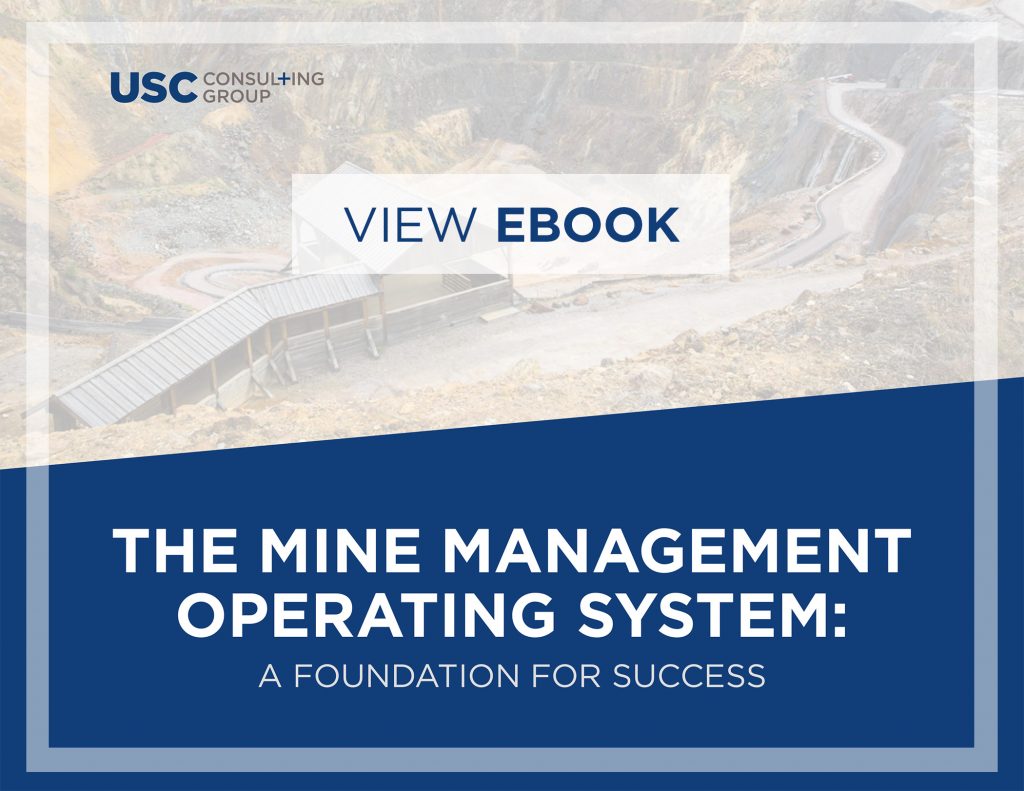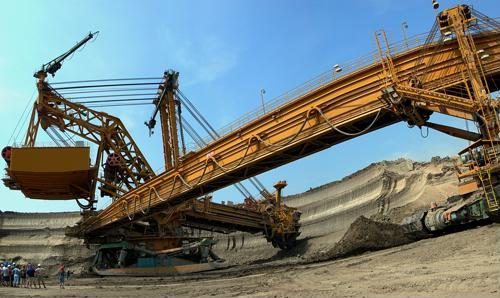-
Subscribe to Blog:
SEARCH THE BLOG
CATEGORIES
- Aerospace
- Asset Maintenance
- Automotive
- Blog
- Building Products
- Case Studies
- Chemical Processing
- Consulting
- Food & Beverage
- Forestry Products
- Hospitals & Healthcare
- Knowledge Transfer
- Lean Manufacturing
- Life Sciences
- Logistics
- Manufacturing
- Material Utilization
- Metals
- Mining
- News
- Office Politics
- Oil & Gas
- Plastics
- Private Equity
- Process Improvement
- Project Management
- Spend Management
- Supply Chain
- Uncategorized
- Utilities
- Whitepapers
BLOG ARCHIVES
- July 2025 (1)
- June 2025 (4)
- May 2025 (1)
- April 2025 (1)
- March 2025 (1)
- February 2025 (4)
- January 2025 (4)
- December 2024 (4)
- November 2024 (2)
- October 2024 (6)
- September 2024 (5)
- August 2024 (5)
- July 2024 (6)
- June 2024 (3)
- May 2024 (3)
- April 2024 (4)
- March 2024 (3)
- February 2024 (4)
- January 2024 (5)
- December 2023 (2)
- November 2023 (1)
- October 2023 (6)
- September 2023 (3)
- August 2023 (4)
- July 2023 (2)
- June 2023 (3)
- May 2023 (7)
- April 2023 (3)
- March 2023 (3)
- February 2023 (5)
- January 2023 (6)
- December 2022 (2)
- November 2022 (5)
- October 2022 (5)
- September 2022 (5)
- August 2022 (6)
- July 2022 (3)
- June 2022 (4)
- May 2022 (5)
- April 2022 (3)
- March 2022 (5)
- February 2022 (4)
- January 2022 (7)
- December 2021 (3)
- November 2021 (5)
- October 2021 (3)
- September 2021 (2)
- August 2021 (6)
- July 2021 (2)
- June 2021 (10)
- May 2021 (4)
- April 2021 (5)
- March 2021 (5)
- February 2021 (3)
- January 2021 (4)
- December 2020 (3)
- November 2020 (3)
- October 2020 (3)
- September 2020 (3)
- August 2020 (4)
- July 2020 (3)
- June 2020 (5)
- May 2020 (3)
- April 2020 (3)
- March 2020 (4)
- February 2020 (4)
- January 2020 (4)
- December 2019 (3)
- November 2019 (2)
- October 2019 (4)
- September 2019 (2)
- August 2019 (4)
- July 2019 (3)
- June 2019 (4)
- May 2019 (2)
- April 2019 (4)
- March 2019 (4)
- February 2019 (5)
- January 2019 (5)
- December 2018 (2)
- November 2018 (2)
- October 2018 (5)
- September 2018 (4)
- August 2018 (3)
- July 2018 (2)
- June 2018 (4)
- May 2018 (3)
- April 2018 (3)
- March 2018 (2)
- February 2018 (2)
- January 2018 (1)
- December 2017 (1)
- November 2017 (2)
- October 2017 (2)
- September 2017 (1)
- August 2017 (2)
- July 2017 (2)
- June 2017 (1)
- April 2017 (3)
- March 2017 (3)
- February 2017 (2)
- January 2017 (2)
- December 2016 (2)
- November 2016 (4)
- October 2016 (4)
- September 2016 (3)
- August 2016 (6)
- July 2016 (4)
- June 2016 (4)
- May 2016 (1)
- April 2016 (3)
- March 2016 (4)
- February 2016 (2)
- January 2016 (4)
- December 2015 (3)
- November 2015 (3)
- October 2015 (1)
- September 2015 (1)
- August 2015 (4)
- July 2015 (6)
- June 2015 (4)
- May 2015 (7)
- April 2015 (6)
- March 2015 (6)
- February 2015 (4)
- January 2015 (3)
CONNECT WITH US
Tag Archives: Open-pit Mining
USC Consulting Group is a world-class operations management firm that for the past 50 years has helped mining companies around the globe improve their business performance by increasing throughput, reducing costs, eliminating waste, increasing productivity, improving quality and leveraging existing assets.
Discovery
Your process improvement experience starts with USC digging in to begin to learn what truly makes your mining operations tick. We conduct detailed diagnostics, at the point of execution, whether underground, in the pit, surface, processing plants and support services to gain an understanding of impediments to increased performance. We’ll handpick a team uniquely qualified to address your specific challenges. We’ll observe how you do things around the clock, shift to shift, engaging directly with the people on the front lines – production, maintenance, engineering, and all support departments. Then we’ll collaborate with you to turn our findings into a detailed, workable plan, complete with tools from our well-rounded toolkit.
Implementation
This is the point when most consultants leave you with a binder and walk out the door. Instead, we’re developing a project plan, organizing work breakdown structure, developing performance goals, determining measurement metrics and making sure our jointly developed strategies get the desired results. Managing data and information in the mining environment is vital for continuous improvement efforts. As part of our implementation process, we will help you enhance how your organization makes use of key data and information. Knowing where the right data and information lives and putting it to value added purposes is essential to managing a successful business. Leveraging enabling technology such as Microsoft Power BI helps to achieve, and then sustain the desired outcomes. Our LINCS® Lean Information Control System will enhance your existing Management Operating System (MOS) by smoothing the change process, providing timely feedback on KPI’s to process owners and actionable business intelligence to key decision makers. We openly share the results of our collaboration to increase and maintain operating excellence, and provide the extra horsepower needed to put ideas (both yours and ours) into action. We help deliver on your goals by empowering your performance. In fact, we’ll help you audit, verify, and sustain results for years to come.
USCCG’s Mining team uses the best of tried-and-proven, and emerging, methodologies to bring about enterprise-wide Lean Transformation, resulting in significant operating and financial gains, all at a very attractive ROI.
Discover more about our work in the Mining industry and contact us today to start your process improvement experience.
Define your mine management operating system and close the gaps in productivity and workflows.
Mines are sprawling operations. Companies have to monitor large and numerous assets, from employees to equipment and minerals. Given the scale of these operations, many organizations have turned to data to inform their decision-making, initiatives and communications.
At the center of such plans is a Mine Management Operating System (MMOS). Without it, management may have trouble realizing gains and expectations. Yet with a clearly defined MMOS, mines can be become proficient in tactical, technical and technological responses.
With a structured MMOS, organizations can:
- Identify and close gaps in workflows.
- Discover opportunities for improved efficiency, effectiveness or optimization.
- More closely monitor operations for compliance.
To learn more, download our ebook “The Mine Management Operating System: A Foundation for Success” today.
Of the more than 62,000 employees working in American mines, over half staff maintenance departments, according to data from the National Institute for Occupational Safety and Health. This operational distribution has developed because of the ascendance of automated mining technologies, which have reduced the need for production personnel but increased maintenance demands significantly.
Despite the intensified focus on maintenance activities, firms in the sector continue to struggle in this area. Many are leaving efficiency gains and cost savings on the table. As research from EY revealed, many also depend on deficient communication strategies that separate maintenance and operations teams.
These less-than-ideal mining maintenance tendencies carry serious consequences – especially for mining companies with expansive open-pit operations where cost-effectiveness and operational efficiency reign supreme. Stakeholders at these sites can, of course, avoid financial fallout linked to declines in productivity by bolstering maintenance strategies. But before embarking on improvement efforts, open-pit leaders should pose some key questions to better understand their baseline needs.
Here are a few queries that might help mining maintenance leaders gather the data they need to move forward:
How are work orders processed?
Work orders constitute the backbone of maintenance operations. These documents and the internal mechanisms by which they move throughout the organization are critical in the age of automated mining technology. Yet maintenance departments within many firms do not have such formalized workflows in place to keep mission-critical assets up and running and instead rely on hastily delivered spoken reminders among technicians. This often leads to costly downtime and production pauses.
Ideally, mining companies should maintain digitized work order processes that allow operational staff to configure detailed service requests with all the information technicians need to make repairs in a timely manner. Open-pit maintenance leaders managing looser processes centered on in-person exchanges should embrace this methodology to make headway.
Is the right technology in place?
Mining technology continues to move forward at breakneck speed, catalyzing transformation in the industry along the way. Advanced tools such as automated drills and driverless trucks allow firms to mine continuously and reach new operational heights, according to the MIT Technology Review. Sadly, many of the back-end maintenance systems that support such cutting-edge assets are not as advanced and rely on nontechnical processes. Again, this creates risk.
To keep up with innovations unfolding in mines, open-pit maintenance leaders should adopt digital tools such as enterprise resource planning and computerized maintenance management software.
What is the ratio of planned to reactive maintenance?
Reactive maintenance strategies were common decades back. Now, with the rise of asset sensors and sophisticated data collection and analysis tools, organizations across all industrial sectors must maintain predictive methodologies to keep costs down and stay competitive.
Reactive maintenance is often four to five times more expensive than planned work, which is why firms should develop and sustain 80-20 maintenance ratios, wherein technicians devote 80 percent of their time to scheduled asset management activities and 20 percent to repairs. Open-pit mining operations failing to maintain such balances must work toward implementing proactive maintenance strategies designed to improve efficiency and reduce costs.
Mining maintenance leaders supporting open-pit facilities would be wise to kickoff improvement activities by answering these critical questions. Those in need of additional guidance should consider reaching out to USC Consulting Group. With nearly 50 years of experience, we can help open-pit maintenance stakeholders improve their processes and boost productivity. Connect with us today to learn more about our services and work in the mining space.







